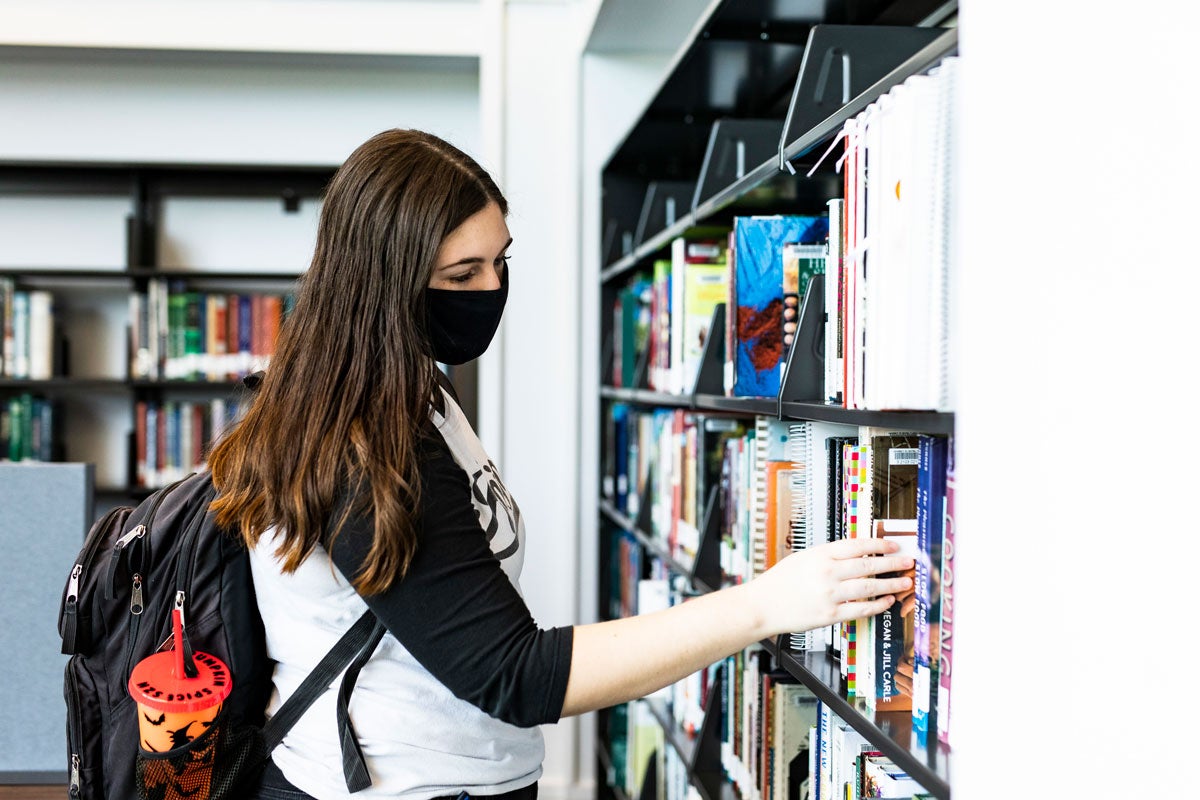Textbooks and other required course materials can add significantly to the cost of a college degree, and UCF faculty are doing what they can to help.
During the Fall 2020 semester, at least 31 faculty members provided their required course materials at no cost to students through the use of open educational resources (OER). These efforts resulted in an estimated combined savings of $751,339.50 for 6,425 students enrolled in courses across four colleges and nine departments.
With a total enrollment of 71,444, roughly 9 percent of the UCF student-body took a course using OER — up by 5 percent from Fall 2019.
One of the largest contributing factors to the growth of OER usage from Fall 2019 to Fall 2020 was the collective work done by 10 faculty members within the Department of Physics in collaboration with the Center for Distributed Learning (CDL). These two departments were able to combine their expertise to scale ‘open’ learning through the use of Webcourses and UCF Pressbooks, both available at no additional cost to students and faculty. Their concerted efforts resulted in an estimated combined savings of $232,710.60 for 1,990 students enrolled in nearly every section of College Physics I and College Physics II minus the exception of one honors-level section.
“While cost may not be something faculty initially see as much of a problem, taking on the student perspective is key to exhibit a basic level of student care in terms of materials costs,” says Associate Professor of Physics Bo Chen.
While textbook expenditures have plateaued over the past few years, as reported by the U.S. Bureau of Labor Statistics, students continue to seek ways to offset the costs. According to the Florida Virtual Campus 2018 Student Textbook and Course Materials survey, which polled 21,400 students across Florida’s public institutions of higher education, 61 percent did not buy course materials, 43 percent took fewer courses, 41 percent did not register for a course and 23 percent dropped a course altogether — all due to cost.
Health sciences major Emily Sierra has experienced financial strain due to the cost of course materials nearly every semester of her college career.
“At one point, I was living off $100 a month but [was] expected to have the money for textbooks five-times that amount,” says Sierra, who took one of Chen’s courses this semester. “Textbook fees for a single science course can be upwards of $300, so I would only buy the textbook and materials for my science classes and just hope for the best with the rest of my courses.”
OER are broadly defined by UNESCO as “teaching, learning and research materials in any medium — digital or otherwise — that reside in the public domain or have been released under an open license that permits no-cost access, use, adaptation and redistribution by others with no or limited restrictions.”
“I believe adopting (open educational resources) has had positive impacts on my teaching as well as students’ learning.” — Assistant Professor Ellen H. Kang
“I believe adopting OER has had positive impacts on my teaching as well as students’ learning,” says Assistant Professor of Physics Ellen H. Kang, who implemented OER materials in her College Physics course. “The free online textbook has enhanced students’ accessibility, [and] the fact that the e-textbook can be customized for each instructor has allowed for greater flexibility in the preparation of my course materials.”
According to Kang and Chen, taking a collective, departmental approach to selecting “open” educational materials facilitates the building of shareable, well-aligned courses that faculty can customize and, in turn, share back with their colleagues. As new concepts develop, the current systems can then be enhanced for students’ benefit.
For Sierra, not having to pay for her physics textbooks and course materials was, “a lifesaver.”
“This semester, I was able to afford all of my textbooks and supplies because my physics materials were free,” she says. “Both of my parents lost their jobs at some point this semester because of COVID-19. So having my homework, textbook, quizzes [and] practice problems given to me really was monumental for not just me but also my family.”
And the positive impact extends beyond her budget.
“To have a professor who cared enough to put in the hours of work to make the supplies free, especially in the midst of the scariest and most uncertain times our generation has faced in history, made me feel seen as a student,” she says. “It motivated me to push that much harder when studying because I knew he did very clearly care about our success as students.”




